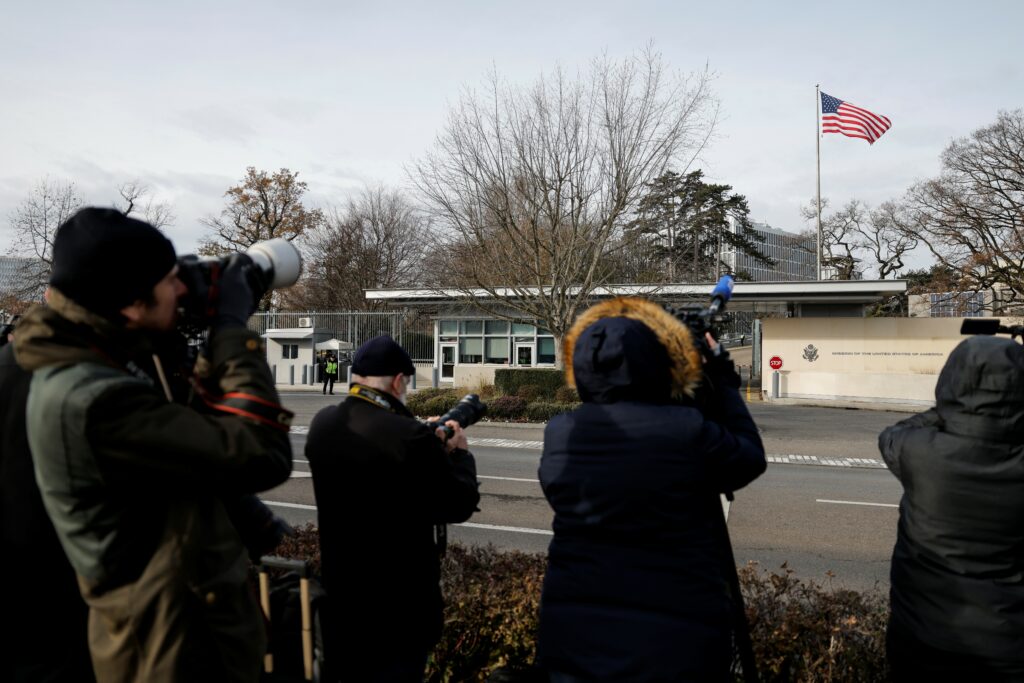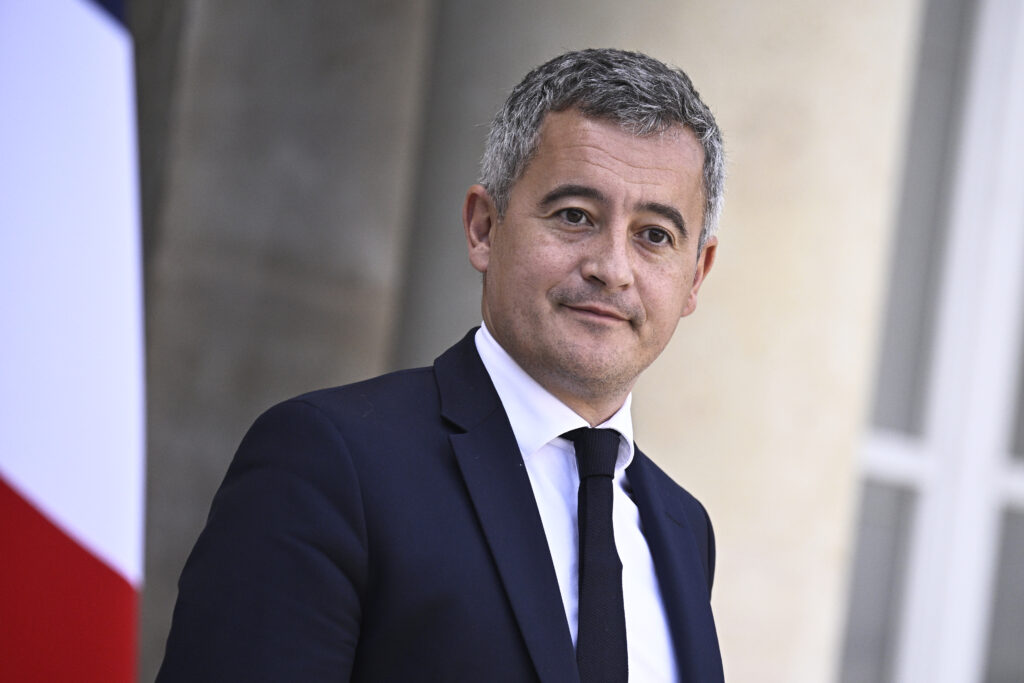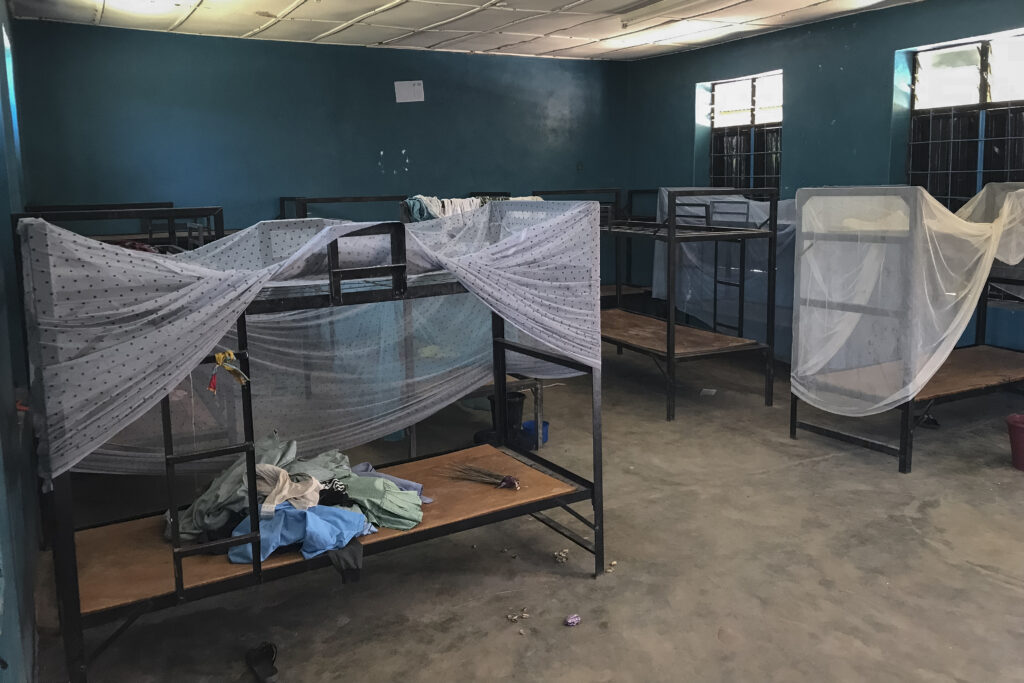Ligue 1: Lyon cale à Auxerre, Nantes sauvé sur le fil
Lyon a été tenu en échec (0-0) sur le terrain de la lanterne rouge Auxerre dimanche, tandis que Nantes est sorti de la zone dangereuse en égalisant in extremis contre Lorient (1-1) lors de la 13e journée de Ligue 1.La journée de dimanche n’a pas bousculé le classement général de la Ligue 1, dont les places de prestige s’étaient disputées samedi.Lyon avait néanmoins l’occasion de passer devant Strasbourg (4e, 22 points) sur la pelouse d’Auxerre pour se rapprocher du trio de tête composé du PSG (30 points), de l’OM et de Lens (28 points).Mais les Rhodaniens ont calé chez la lanterne rouge et continuent de faire du surplace en championnat où ils pointent désormais à la 6e place, à sept longueurs du podium (21 pts).Lille (20 pts), qui accueille dimanche soir (20h45) le promu Paris FC, aura l’occasion de tirer profit du faux pas de l’OL et des défaites de Strasbourg et Monaco samedi pour rester au contact des places européennes.But auxerrois refusé, penalty manqué, le résultat aurait même pu être plus sévère pour les Lyonnais, qui ont vu Auxerre s’offrir trois nettes opportunités. Avec ce match nul, l’AJA (8 pts) reste à la dernière place du classement, à trois longueurs de Lorient, Nantes et Metz (11 pts).Les Messins, en position de relégable, ont quant à eux été battus sur le fil par Brest (14e) qui renoue avec la victoire après six matches sans succès grâce à un penalty de Romain Del Castillo au bout des arrêts de jeu (90e+10, 3-2). Cruel pour le gardien messin, le Danois Jonathan Fischer, qui avait déjà arrêté un penalty du même Del Castillo quelques instants auparavant. Et fin de série pour les Lorrains, qui restaient sur trois succès.A la Beaujoire, les Nantais (15e), longtemps menés par Lorient (16e) et menacés de basculer dans la zone rouge, se sont eux aussi sortis d’affaire dans le temps additionnel.Chidozie Awaziem, coupable d’un but contre son camp dans les arrêts de jeu de la première période, a réparé son impair en égalisant dans le temps additionnel de la seconde (1-1) pour décrocher le point du nul.Enfin, Toulouse (10e) est rejoint au classement par son adversaire Angers (16 pts) après avoir concédé une défaite frustrante sur sa pelouse (0-1). Le but angevin a été inscrit par Yassine Belkhdim.





